
Al Magnus is a physics and chemistry scientist but on the side he creates some great photographic images. I find it very interesting that a scientist would also be an artist, especially an artist of his kind. Magnus creates very imaginative images that give the viewer a feel of a fantasy world. Most of his photos contain small children in a world with ladders that reach the moon or the moon tied up like a hot air balloon. This gives us a sense of a child’s imagination, which I think is great because it reminds me of my childhood and it makes me wish I could still think like I could as a child. Magnus states “for me, science means the joy of discovering, a permanent false naivety, and above all putting oneself in a mental state of to be surprised at any time. These conceptions definitely can be seen in my pictures. But I could also add doubt and uncertainty. I have such an approach to life in general and I believe the imagination you see is the result.
























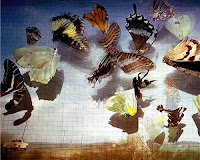


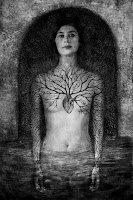




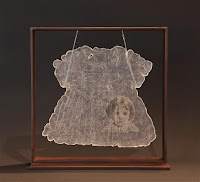

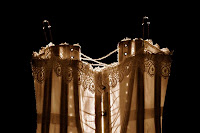
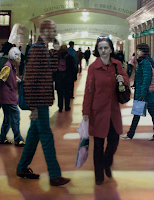


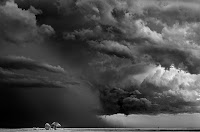

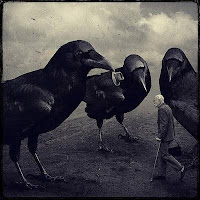

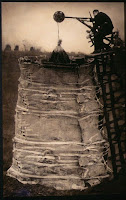

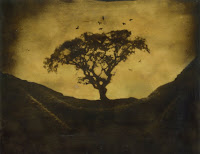


,%202005,%20chromogenic%20prints,%20edition%20of%205,%2047x72in%20(120x184cm).jpg)
